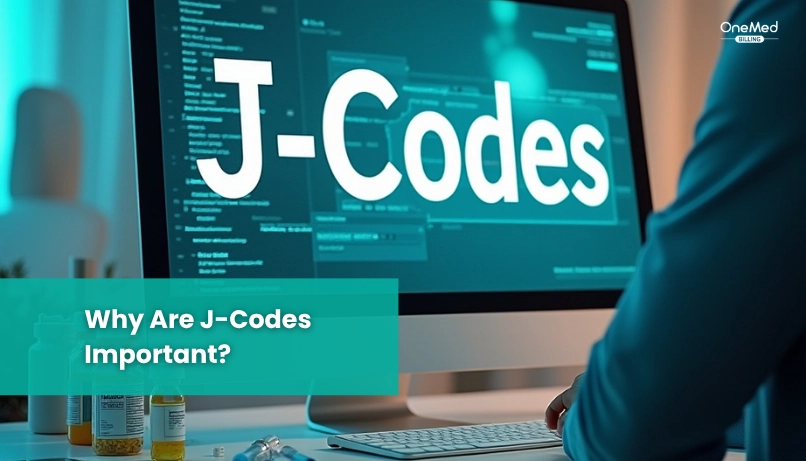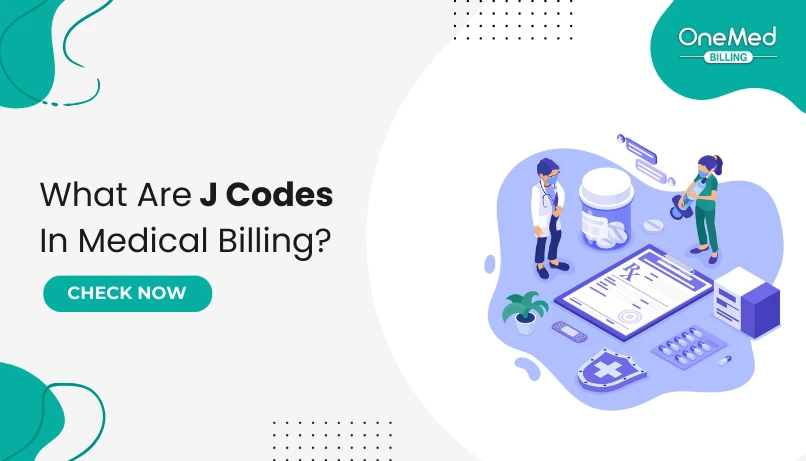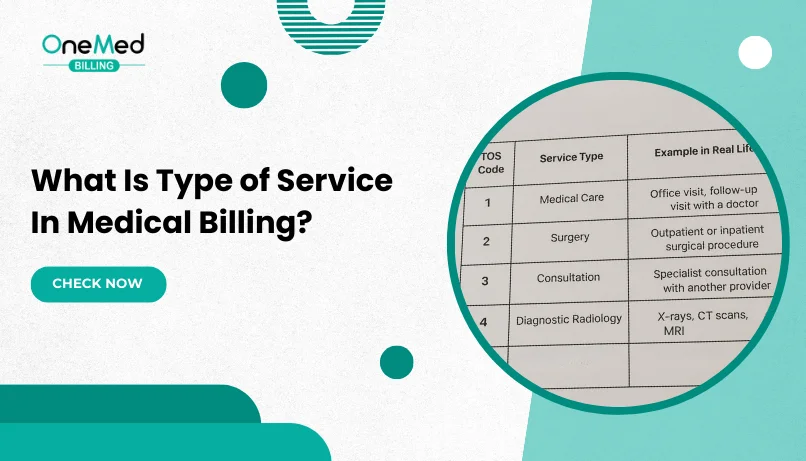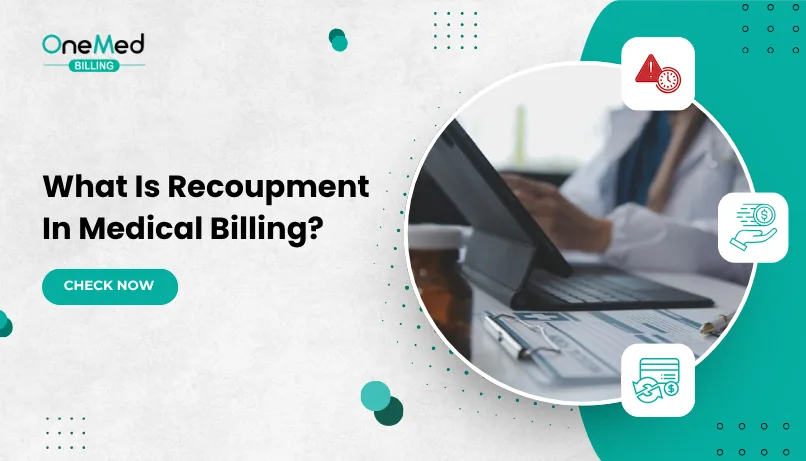What are J-Codes? - Its Importance, uses and Challenges
- August 11, 2025
- 0 Comments
- Medical Coding
In medical billing, accuracy is everything, and when it comes to billing for injectable and specialty drugs, J-Codes play a key role. These specialized codes ensure that insurers know exactly which drug was given, in what amount, and how it was administered.
What is a J-Code?
A J-Code is a special type of medical code used to bill insurance companies for certain drugs that are given to a patient in a clinic, hospital, or doctor’s office. These drugs are usually injectable medications, chemotherapy drugs, or other medicines that are not taken by mouth.
J-Codes are part of the HCPCS Level II code set (Healthcare Common Procedure Coding System) managed by the Centers for Medicare & Medicaid Services (CMS). Each J-Code begins with the letter “J” followed by four numbers. This standard format makes it easier for doctors, billers, and insurance companies to know exactly which drug was given and how much was used.
Example J-Codes:
J0120 – Injection, tetracycline, up to 250 mg
J9201 – Gemcitabine, 200 mg (a chemotherapy drug)
J3490 – Unclassified drugs (used when a drug does not yet have its own code)
The main purpose of a J-Code is to describe the drug and dosage in a way that insurance systems can understand. If the wrong code is used, the claim may be denied or delayed, which can affect payments to the healthcare provider.
If you want to see the full and updated list of J-Codes, you can check the HCPCS Level II Code Set from CMS, which is updated every year.
How Do J-Codes Work?
J-Codes are used during the medical billing process to tell insurance companies exactly which drug was given, how it was given, and in what amount. They work as a universal language between healthcare providers and payers, so there is no confusion about the medication being billed.
Here’s how they fit into the process:
1. Drug is Given to the Patient
This happens in a clinical setting such as a hospital outpatient department, infusion center, or doctor’s office. The provider records the drug name, strength, dosage, and method of administration in the patient’s medical record.
2. Assigning the J-Code
The medical biller looks up the correct J-Code in the HCPCS Level II code set. Each code matches a specific drug and a specific dosage amount. For example, if the drug comes in 10 mg units and the patient was given 30 mg, the biller will enter 3 units for that J-Code.
3. Adding the J-Code to the Claim
The J-Code, dosage units, and any related procedure codes are added to the patient’s insurance claim. These are often paired with CPT codes that describe the administration of the drug, such as an injection or infusion.
4. Claim Submission
The completed claim is sent to the insurance company electronically through the provider’s billing system or clearinghouse.
5. Insurance Review and Payment
The insurance company verifies the code, confirms that the drug is covered under the patient’s plan, and checks whether prior authorization was required. If everything is correct, payment is processed.
Because drug prices and coverage rules can change, billers must always use the most current HCPCS code list. Using an outdated or incorrect J-Code can cause claim rejections and payment delays. You can read more about how HCPCS codes work on the American Medical Association’s coding resources.
Why Are J-Codes Important?

J-Codes play a big role in medical billing and reimbursement because they make sure the drug given to a patient is billed accurately and paid for correctly. Without them, it would be hard for insurance companies to know exactly what medication was used, how much was given, and whether it’s covered under the patient’s plan.
Ensure Accurate Billing and Prevent Claim Errors
Each J-Code is linked to a specific drug and dosage. This prevents confusion between similar medications and ensures the claim reflects exactly what was given. This level of precision helps reduce billing errors, which is critical for keeping the claims submission process smooth and efficient.
Leads to Faster Insurance Payments
When the right J-Code is used, insurance companies can process the claim faster. This means providers get paid sooner and don’t have to spend extra time on accounts receivable follow-up for delayed claims.
Meeting Regulatory Compliance Standards
Healthcare providers must follow strict billing rules from agencies like the Centers for Medicare & Medicaid Services (CMS). Using the correct J-Code helps meet compliance requirements, which reduces the risk of audits, penalties, and payment retractions.
Support Coverage Verification and Prior Authorization
Many high-cost injectable drugs require prior authorization before they can be billed. The J-Code helps insurers quickly confirm whether the drug is covered under the patient’s plan and what documentation is needed for approval.
Data Tracking, Reporting, and Fraud Prevention
J-Codes also make it easier for healthcare organizations and government agencies to track drug usage trends, monitor spending, and detect potential fraud. For example, CMS uses claims data that includes J-Codes to help guide drug policy decisions and improve healthcare oversight.
How to Submit Claims with J-Codes in Medical Billing

Submitting claims with J-Codes requires extra attention because these codes are tied to high-cost drugs and strict payer rules. Even a small error can cause a denial, so following the right process is essential.
Step 1: Verify Patient Eligibility and Drug Coverage Before Treatment
Before giving the medication, check the patient’s insurance eligibility to confirm that the drug is covered under their plan. This includes verifying dosage limits, frequency restrictions, and whether the patient has met any prior authorization requirements. Doing this upfront helps avoid denials and payment delays.
Step 2: Obtain Prior Authorization for High-Cost Injectable Drugs
Many injectable or specialty drugs require prior authorization before they can be billed. This step involves sending the drug name, J-Code, dosage, and medical necessity documents to the payer for approval. Always keep a copy of the authorization number in the patient’s record for claim submission.
Step 3: Document the Drug Administration Accurately
When the drug is given, record the name, strength, dosage, route of administration (injection, infusion, etc.), date, and time. This documentation is critical for compliance and should match the claim exactly.
Step 4: Assign the Correct J-Code and Units
Using the most recent HCPCS Level II code set, assign the correct J-Code for the drug. Make sure the number of billing units matches the total dosage given. For example, if the J-Code represents 10 mg and the patient received 30 mg, enter 3 units on the claim.
Step 5: Pair the J-Code with the Appropriate CPT Administration Code
J-Codes identify the drug, but you also need a CPT code to describe how it was administered (e.g., intravenous infusion or intramuscular injection). Pairing these codes correctly ensures the payer has full details for reimbursement.
Step 6: Submit the Claim Electronically for Faster Processing
Send the completed claim through your medical billing software or clearinghouse. Electronic submissions are faster, easier to track, and less likely to be rejected for formatting errors compared to paper claims.
Step 7: Track the Claim and Follow Up if Needed
After submission, monitor the claim status. If the payer requests more information or denies the claim, address the issue immediately through denial management services to prevent revenue loss.
Common Challenges with J-Codes

Working with J-Codes can be complex because they involve high-cost drugs, strict payer rules, and frequent updates to the HCPCS code set. Even small errors in code selection, dosage units, or documentation can lead to claim denials and payment delays. By knowing the most common issues, billing teams can prevent revenue loss and keep the claims process efficient.
- Using Outdated J-Codes from Previous HCPCS Versions
- Incorrect Unit Conversions for Drug Dosages
- Missing or Incomplete Documentation for Drug Administration
- Failure to Get Prior Authorization for High-Cost Drugs
- Confusion Between J-Codes and Other HCPCS or CPT Codes
- Inconsistent Communication Between Providers and Billing Staff
Conclusion
J-Codes are essential for billing injectable and specialty drugs correctly. Using the right code, units, and documentation helps avoid claim denials, speed up payments, and stay compliant with payer and CMS rules. Working with medical coding experts can make this process easier, since they understand the specific requirements for J-Codes and how to apply them correctly.
Staying updated with the latest HCPCS code set and following a clear process ensures accuracy and keeps the revenue cycle running smoothly. To explore more strategies and avoid errors, don’t miss our complete medical coding guide.
Frequently Asked Questions
Find quick answers to common questions about this topic, explained simply and clearly.
What does the J code stand for?
J codes are HCPCS Level II codes that identify drugs and biologics supplied and administered by a provider, usually by injection or infusion.
What is the J code used for?
To bill provider-administered medications in settings like clinics, offices, and outpatient departments. The J code tells the payor which drug and dose units you gave.
Are J codes the same as CPT codes?
No. J codes are HCPCS Level II drug codes. CPT codes describe procedures and services, like an infusion service or office visit.
What is the difference between CPT codes and J codes?
CPT = the service you perform (for example, an infusion or injection). J code = the drug or biologic you administered during that service. You often bill them together on the same claim.
What are examples of J codes?
J1100 Dexamethasone, injection, 1 mg J1885 Ketorolac tromethamine, per 15 mg J9035 Bevacizumab, 10 mg J3490 Unclassified drugs (use when no specific J code exists)







Comments (0)